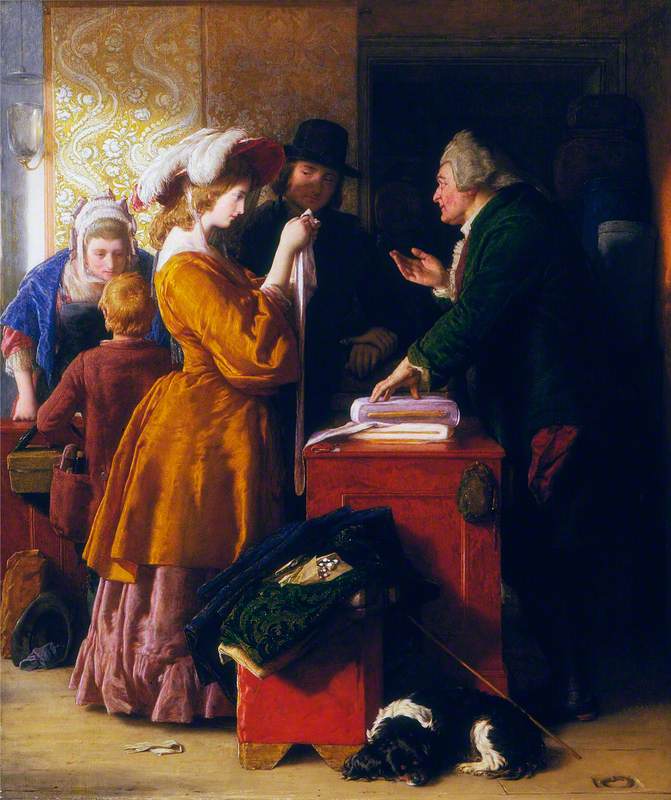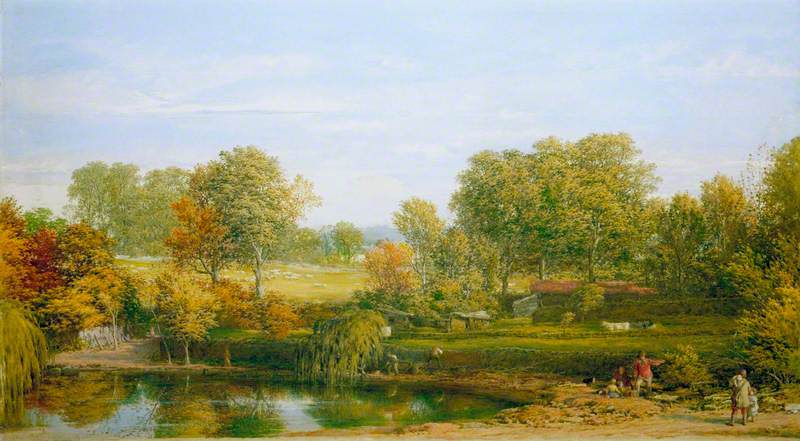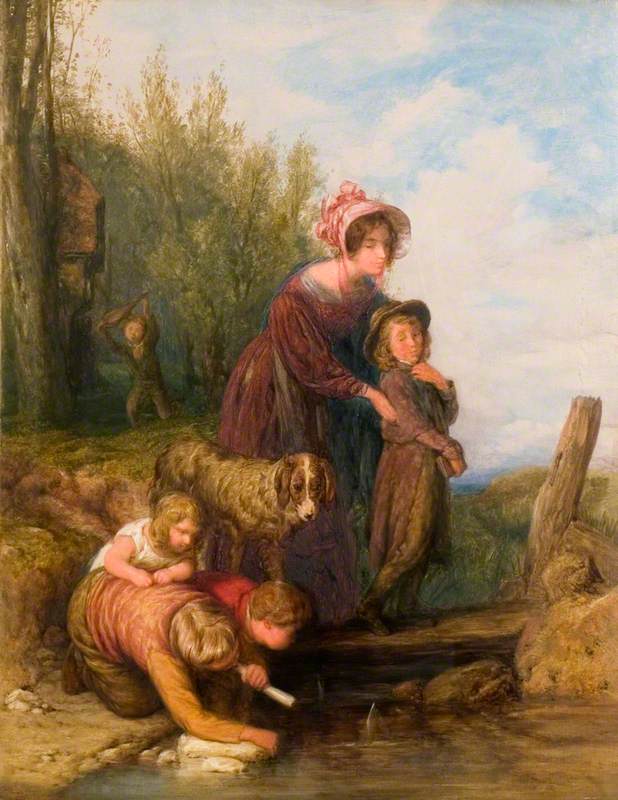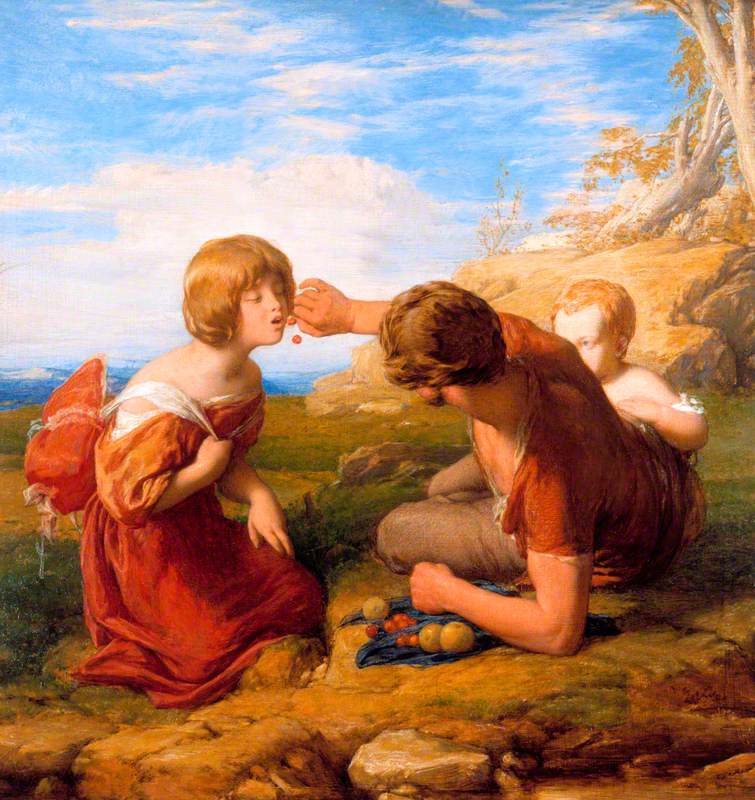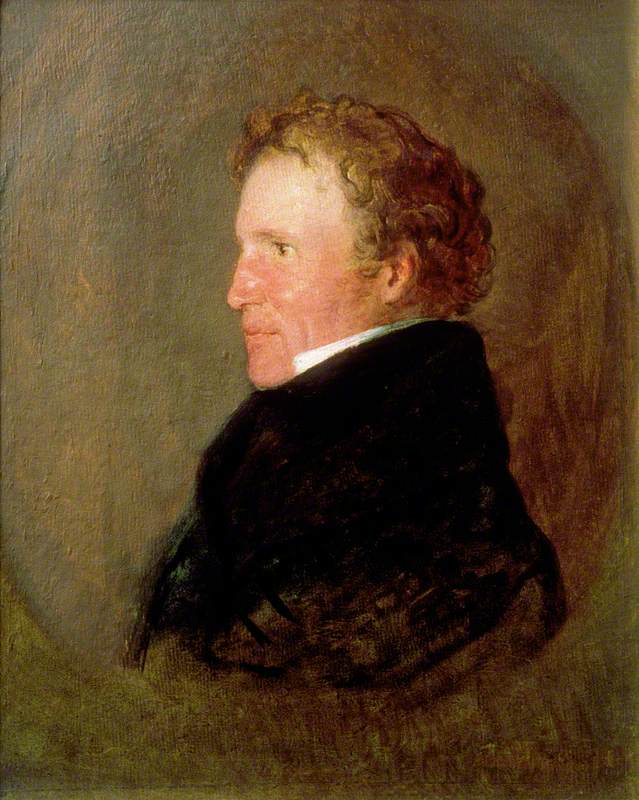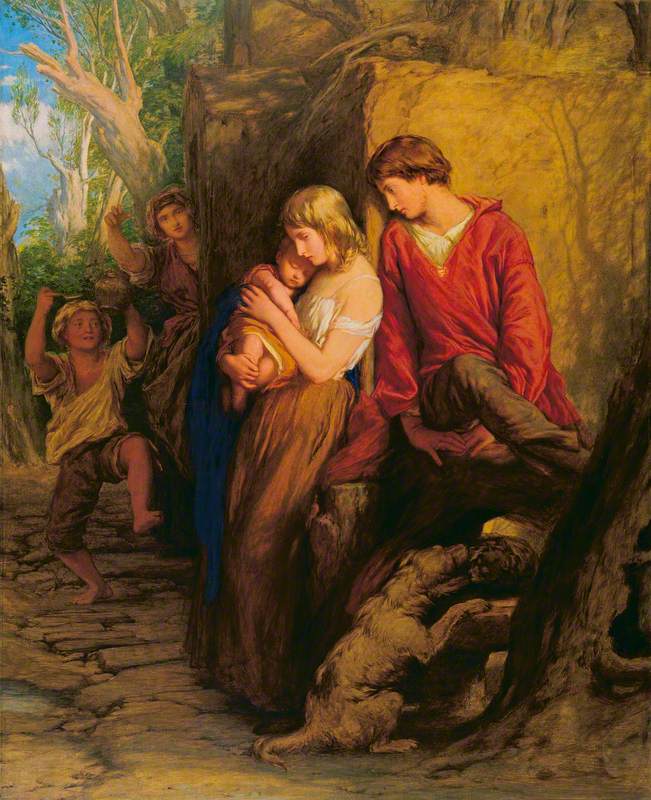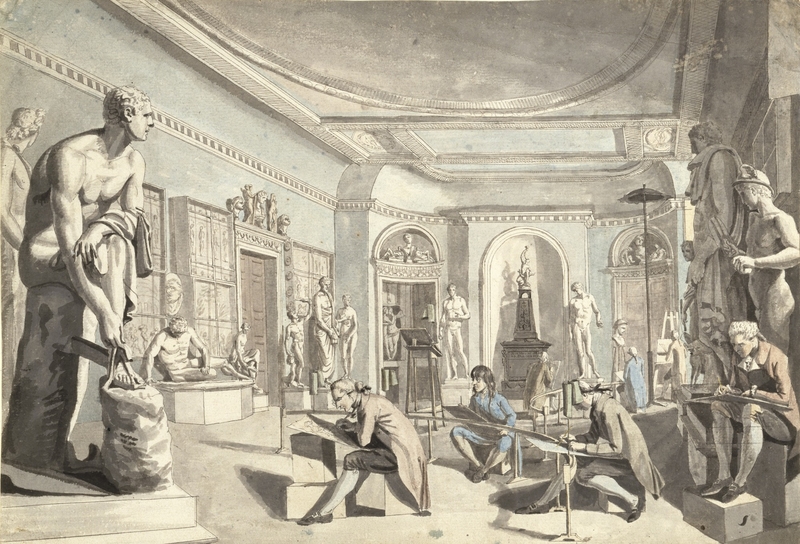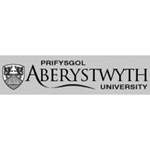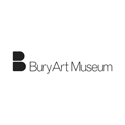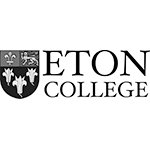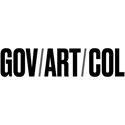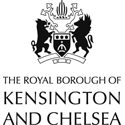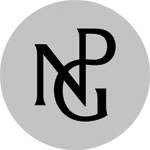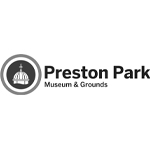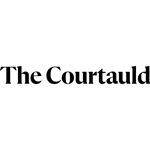William Mulready was born in Ennis, County Clare, Ireland on 1 April 1786. He moved with his family to Dublin in 1788 and to London in 1792. His prodigious talent as an artist was recognised by the Royal Academy Schools in London when they accepted him as a student in 1800 at the early age of fourteen. While studying at the RA Schools he made the acquaintance of the painter John Varley (1778-1842), who gave him some instruction. In 1802 Mulready was awarded the large silver palette of the Society of Arts and in 1806 he won the RA School's Silver Medal.
Early in his career he supported himself by giving drawing lessons. He also illustrated a number of children's books, and in 1805 assisted Robert Ker Porter (1777–1842) on his panorama The Battle of Agincourt, a project for which he was never paid.
He subsequently worked as a painter and book illustrator. His paintings were primarily of genre subjects. He also painted some portraits, notable among which was that of the African-American Shakespearian actor Ira Aldridge (1807-1867) in c.1826.
His most successful work as an illustrator included a series of illustrations for the first complete illustrated edition of Sir Walter Scott’s novels for the publisher Robert Cadell, and illustrations for John van Voorst’s edition of Oliver Goldsmith’s The Vicar of Wakefield (1843). In 1839 he was commissioned by Henry Cole to produced designs for the first pre-paid postage envelope. The envelope which featured an image of Britannia supervising the global distribution of the mail were issued in 1840. Although the envelope, which came in two forms, had some aesthetic merit, it proved unpopular and the envelopes were withdrawn within two months of their launch.
Mulready began exhibiting at the Royal Academy in London in 1804 and continued to do so regularly until 1862, the year before his death. He also exhibited at the British Institution and Suffolk Street Gallery in London; and at the Royal Hibernian Academy in Dublin. A retrospective exhibition of his work was held at the Society of Arts in London in 1848.
In 1815 he was elected an Associate of the Royal Academy (ARA) and the following year was made a Royal Academician (RA). He was also elected an honorary member of the Leeds Academy of Art in 1853 and the Royal Hibernian Academy in 1860
In 1803 he married Elizabeth Robinson Varley (1784–1864), the daughter of John Varley, who was herself an artist and exhibited at the Royal Academy between 1811 and 1819 as Mrs William Mulready. The marriage proved to be unsuccessful. They separated after four years and were subsequently divorced. In 1839 he married a second time, to Sarah Cottage (1818-1874). From his first marriage Mulready had four sons and from his second marriage he had at least a further ten children. The sons from his first marriage - Paul Augustus (1804–1864), William (1805–1878), Michael (1807–1889), and John (1809–1893) all became artists.
Mulready's address was given in the catalogues of the Royal Academy summer exhibitions as 15 Broad Street, Golden Square, London in 1804 and 1805; 9 Upper Cleaveland Street, Fitzroy Square, London in 1806; 17 Upper Charlton Street, Fitzroy Square, London in 1807; 30 Francis Street, Bedford Square, London in 1808 and 1809; Kensington Gravel Pits. London in 1811 and 1826; Bayswater, London in 1827; and from 1828 to 1862, 1 Linden Grove, Bayswater, London, where he died on 7 July 1863.
Text source: Art History Research net (AHR net)

